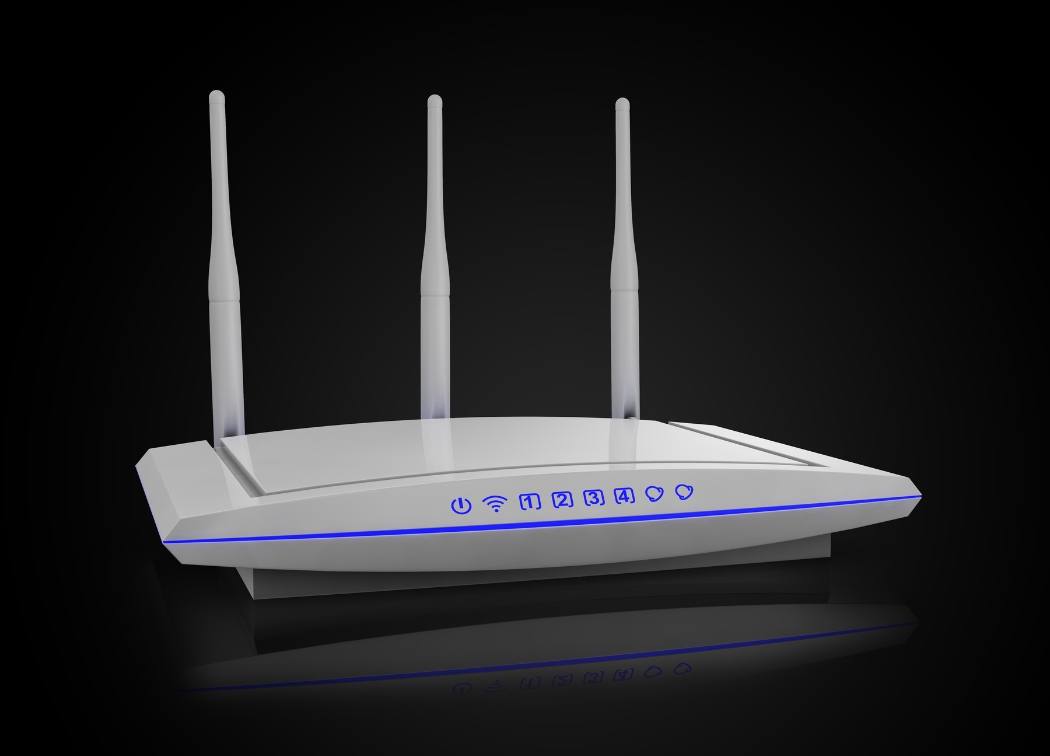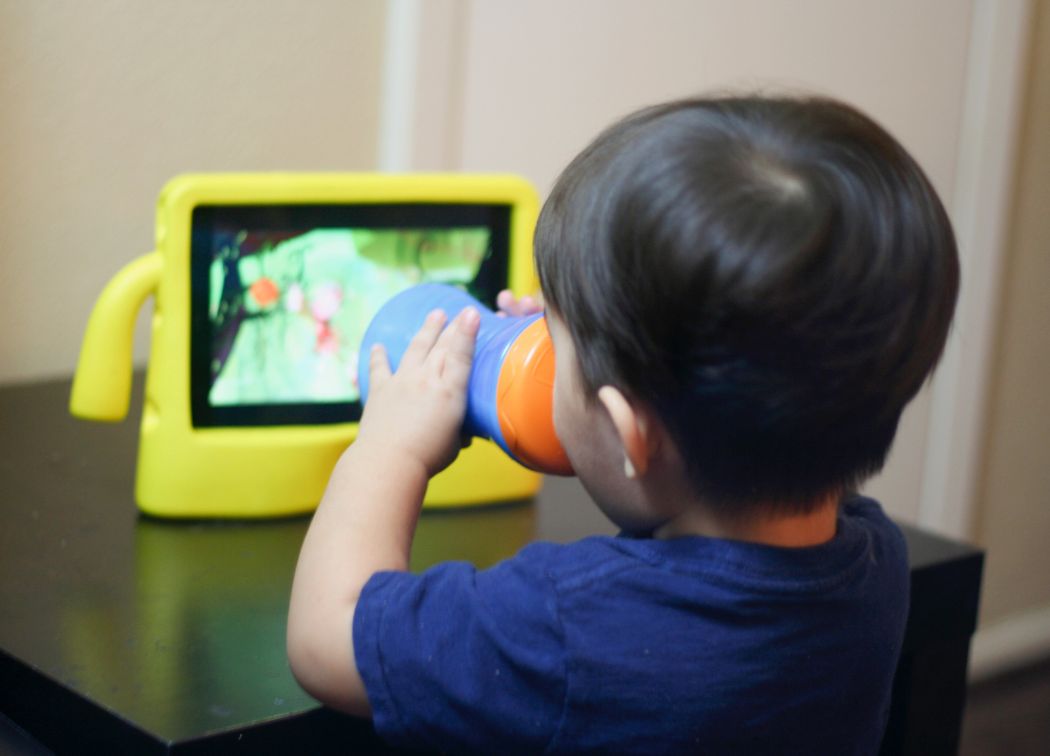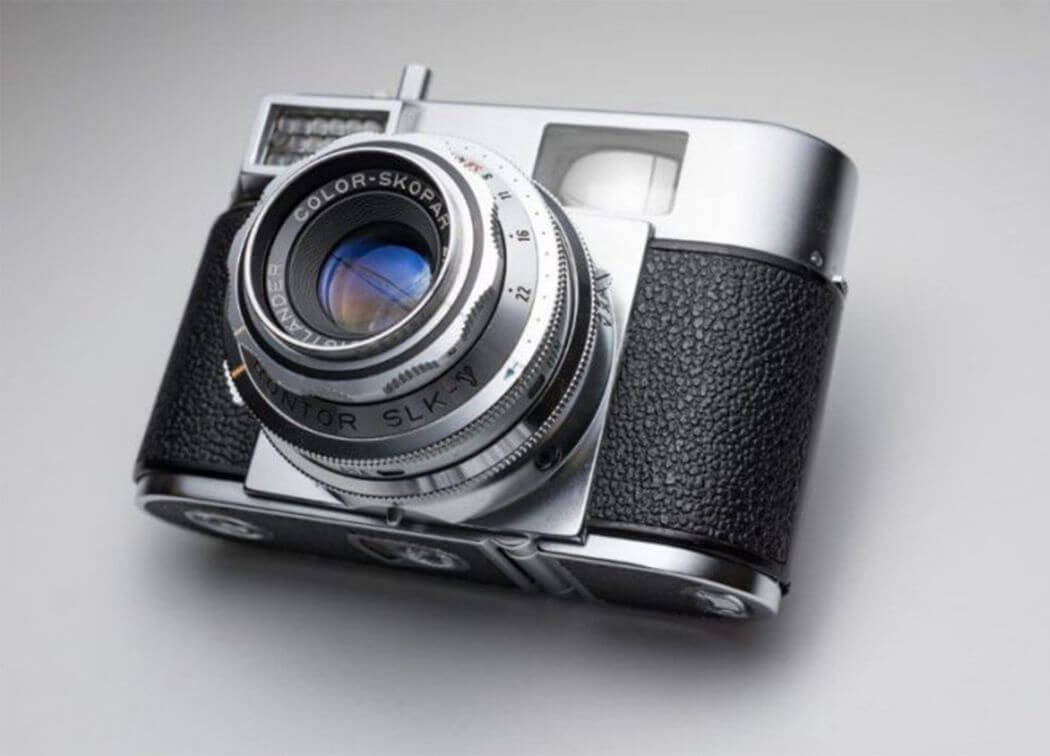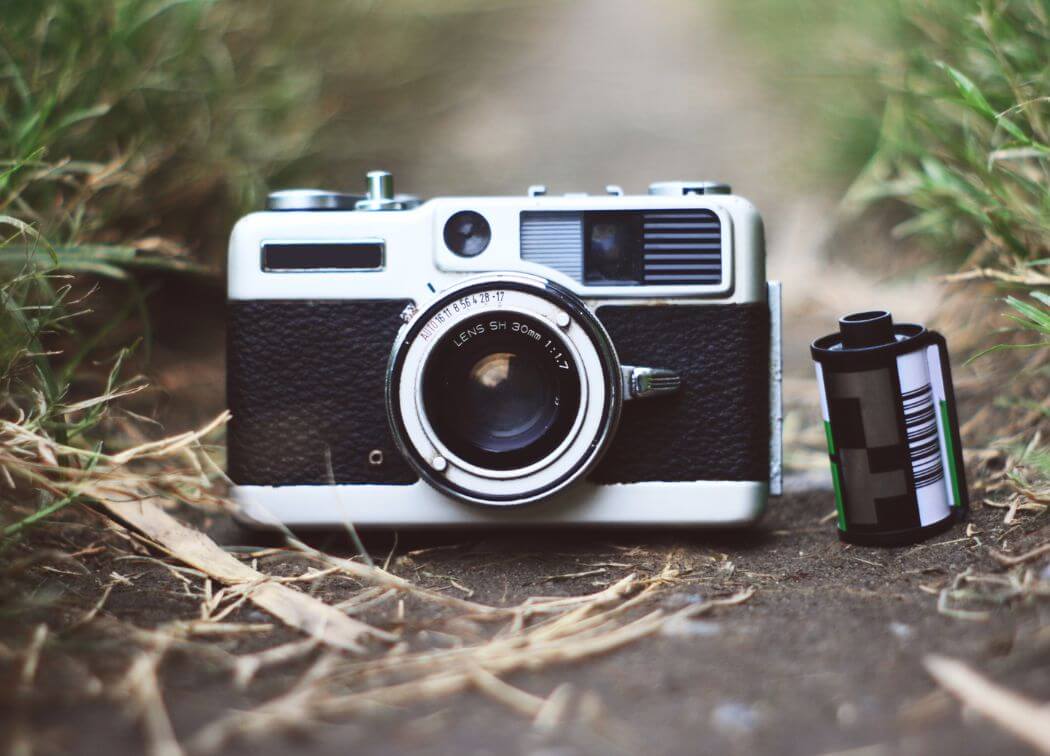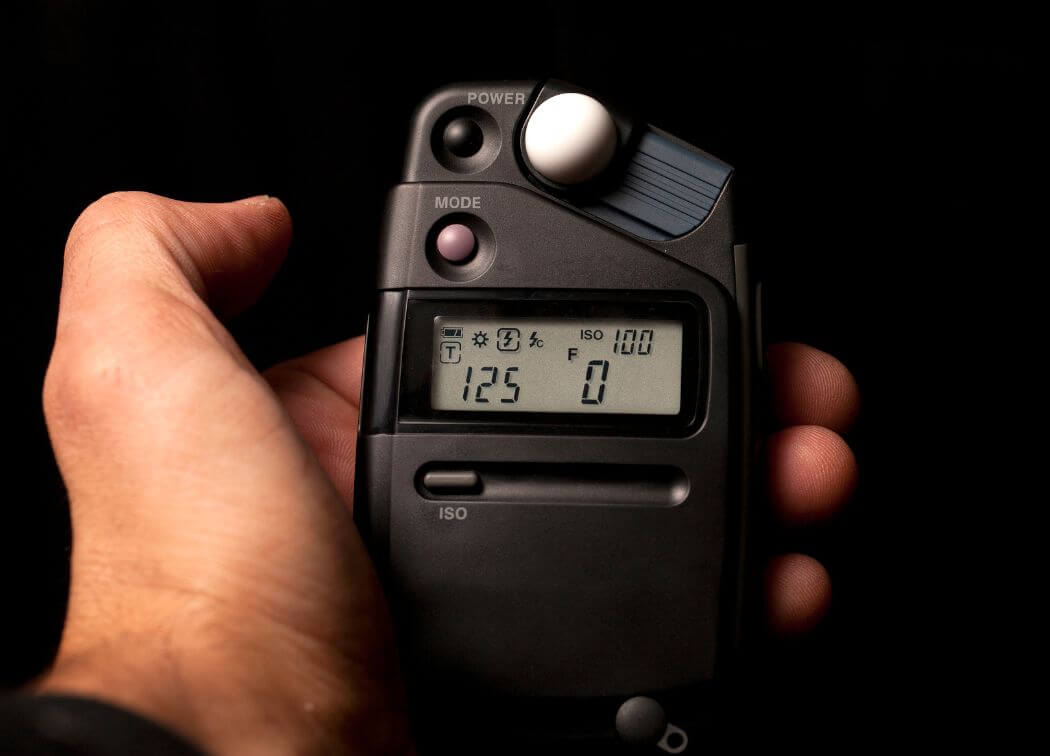Back button focus is a very useful focusing technique for those who want to advance their photography skills and get accurate results. It is commonly used by professional photographers, especially those who shoot sports, wildlife, events or portraits.
Why? because it solves the problem of the camera’s auto-focus system choosing the wrong object to focus on. Keep reading to learn 3 reasons you should be using back button focus.
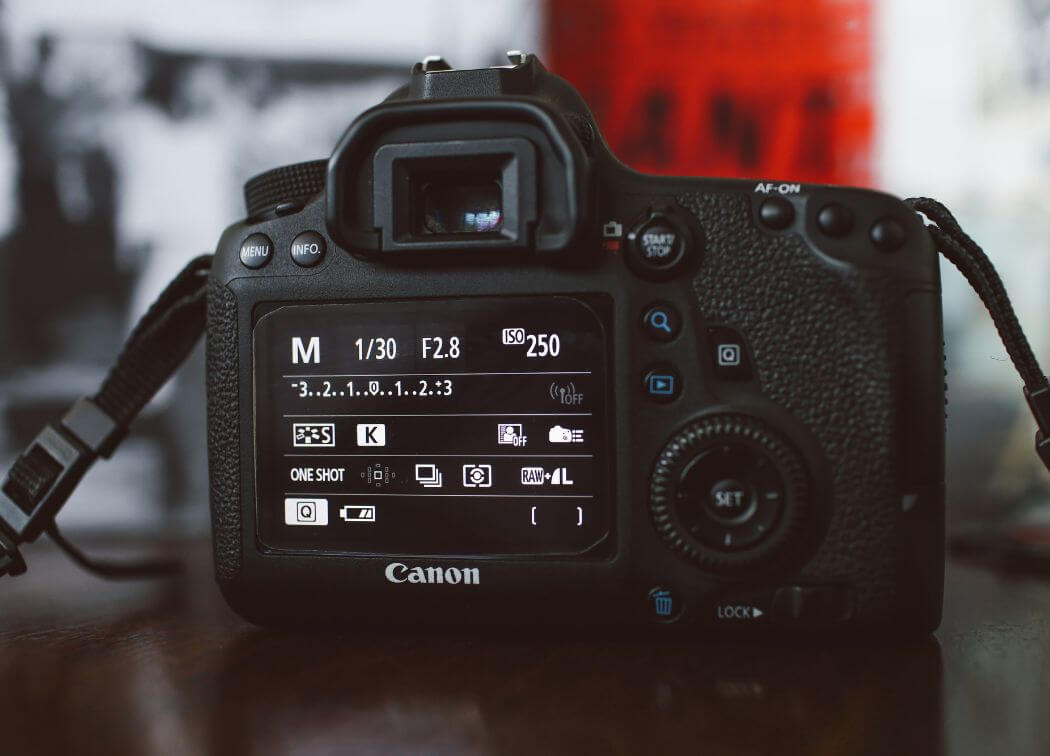
Most photographers use the shutter release button half-way pressed when they want to focus on a subject. However this method in some cases might be inconvenient.
When you use this method after you take a photo, you have to focus again on your subject. With back button focus, you remove the focusing function from the shutter release button to a separate button at the back of the camera.
The shutter release button now has only one function, to take the image while the back button (whichever you assign from the menu of your camera), helps you to lock focus on your subject and keep focusing even after you take a photo.
Why anyone should separate the focusing function from the shutter release button? Doesn’t this make things more complicated? I would answer yes and no. The following reasons will answer your questions and explain why you need to be using back button focus.
A great photo is created based on your composition. Back button focus helps you lock focus on your subject once and maintain it for as many photos as you want to capture without having to refocus each time you press the shutter release button.
This way you recompose faster and you know that your subject will remain sharp and in-focus for as many shots as you take.
You don’t have to switch focus modes
Choosing between single and continuous focus modes takes time and switching those modes might cost you miss some shots. Single-AF mode is usually for taking still images and subjects that don’t move. On the other hand Continuous-AF mode is for taking photos of moving subjects.
With back button focus you set your camera to Continuous-AF mode and when you lock focus on your subject, you don’t have to worry if it suddenly starts moving. You will be able to maintain focus even if you recompose and your scene has entirely changed.
You won’t miss a single shot
Have you ever been in a situation when you open the images from a recent photo shoot and some photos are not completely in-focus? It has happened to me and one reason is because after recomposing and focusing again on my subject, for an unknown reason, the camera didn’t focus exactly at the same spot I was pointing on before.
You can avoid this by assigning a back button focus and be sure all your images will have exactly the same focus even if you recompose on your subject.
In the heartbreaking photo below, the auto-focus decided that all the background limbs were the more important subject and focused on them, leaving the beautiful Kingfisher out of focus – Boo! As soon as the camera snapped the photo, he flew away. Don’t let this happen to you.
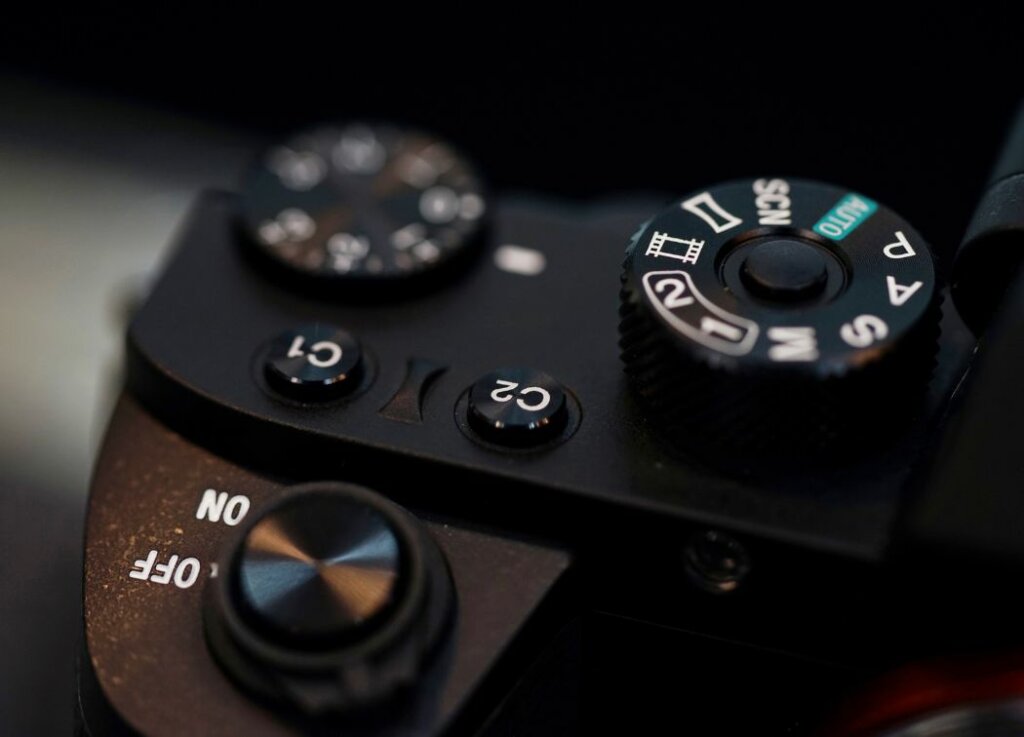
Camera Set-Up for Back Button Focus
Back-button AF is engaged by setting the appropriate Custom Function in your camera. Remember, to use any Custom Function, your camera must first be in one of the following modes – P (Program Auto Exposure), Av (Aperture-priority mode), Tv (Shutter-priority mode), Fv (Flexible-priority mode), or M (Manual exposure mode).
Canon
Be sure to check your camera manual for confirmation on the Custom Function number for back-button AF in your camera model. Here are examples of the C.Fn menu selection for recent EOS models:
- EOS Rebel SL2 (EOS 200D):Fn 8 (option 0, 1, 2, or 3)
- EOS Rebel T6, T7 (EOS 1300D, 1500D):Fn 8 (option 0, 1, 2, or 3)
- EOS Rebel T7i (EOS 800D):Fn 12 (option 1 or 3)
- EOS 80D:Fn III-4 (Custom Controls — Shutter, AF-ON, AEL buttons)
- EOS 7D Mark II: Custom Controls — Shutter, AF-ON, AEL buttons
- EOS 6D Mark II:Fn III-4 (Custom Controls — Shutter, AF-ON, AEL buttons)
- EOS 5D Mark IV: Custom Controls — Shutter, AF-ON, AEL buttons
- EOS-1D X Mark II: Custom Controls — Shutter, AF-ON, AEL buttons
- EOS R: Customize Buttons — Shutter, AF-ON, AEL buttons
- Change the function of the “Shutter button half-press” to “Metering start”.
- Next, change the function of the AF-On to “Metering and AF Start”.
- Set auto-focus setting to AI Servo mode.
Sony
- Go into Custom Settings.
- Set AF w/Shutter to OFF.
- Change the AE-L Button to AF On.
- Set Auto-focus setting to continuous focus mode.
Nikon
- Go into the Autofocus custom settings menu
- Scroll down to “AF Activation”. Switch this to AF-On only.
- Go to the “Assign AE-L/AF-L Button” option – choose “AF-On”.
- Set the camera’s AF dial to AF-C.
Once you’ve activated this feature, you press one of two buttons: either the rear AE Lock button (marked with an asterisk icon), or if your camera is equipped with it, the rear AF-ON button. Either is relatively easy to reach with your right thumb on the back of the camera as you shoot.
You will need to retrain yourself
Right now your brain is very used to the auto-focus kicking in when you press the shutter button. It will take a little time to retain the brain to press the AF-On button before taking a shot.
I put a sticky on the back screen of my camera to remind myself for a while. I would take it off while shooting and put it back on when putting the camera away. It really helped.
Summary
Back button focus is a great technique and very useful for many photographers. Of course, you have to try it on your own and figure out if it works for you or not.
In my opinion will definitely help you get more sharp and in-focus images. Let us know what you think in the comments below. Do you use back button focus? Is it useful to you?

